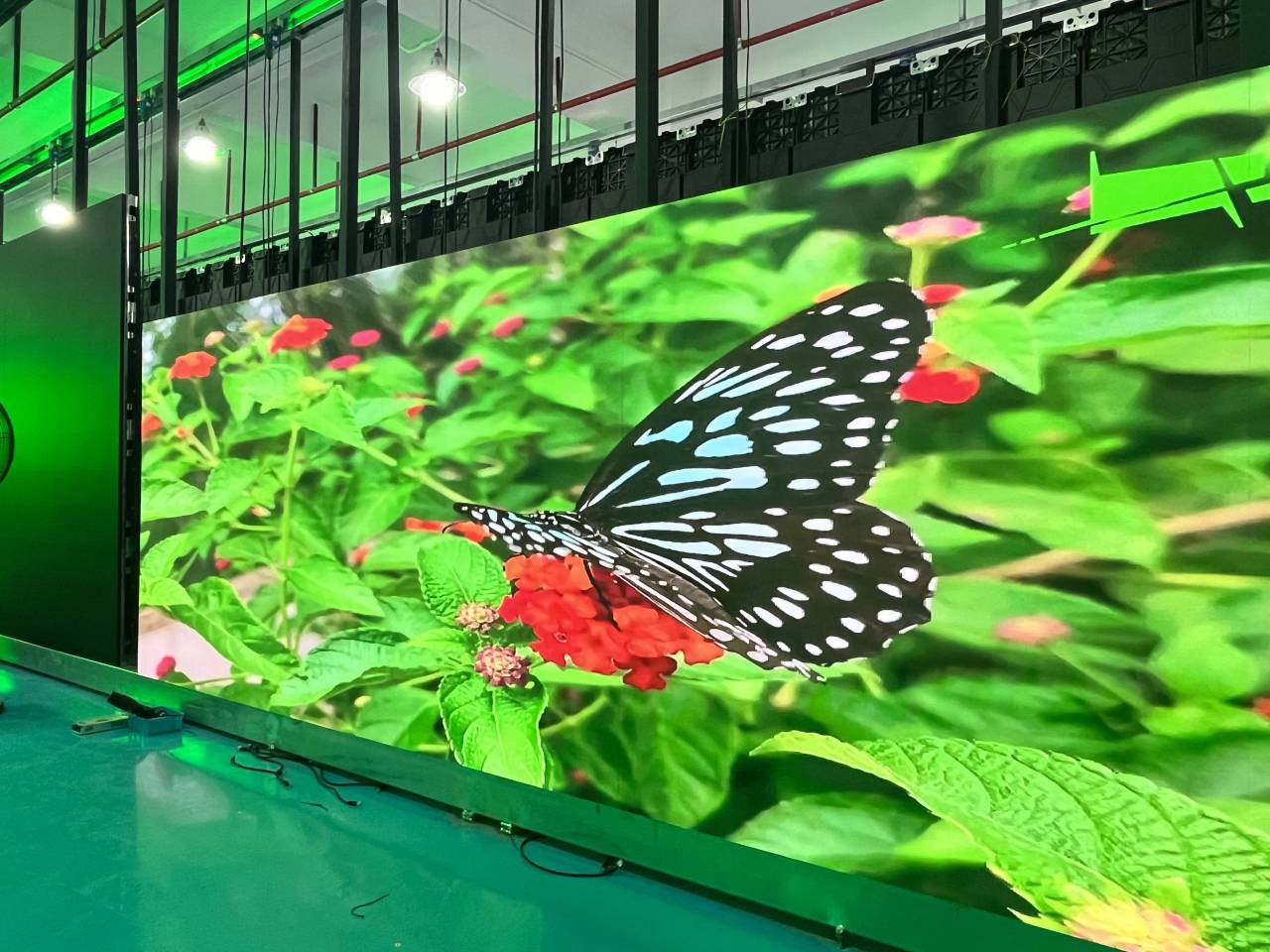Investigating How Definition Influences the Functionality and Visual Caliber of Light Emitting Diode Walls in Contemporary Display Technology
Investigating How Definition Influences the Functionality and Visual Caliber of Light Emitting Diode Walls in Contemporary Display Technology
Blog Article
LED walls are growing increasingly common in various environments, including concerts and sports competitions to business presentations and art exhibits. One of the key important factors that affect the functionality and visual clarity of these screens is resolution. Image resolution denotes the quantity of pixels that compose the visual on the screen. Higher resolution indicates additional picture elements, which can lead to clearer and crisper images. Understanding how resolution impacts LED walls can assist users make informed choices about their display requirements.
When talking about image clarity, it is crucial to take into account picture pitch, which is the gap between the midpoint of one picture element to the midpoint of the next pixel. A smaller pixel pitch results in a higher resolution, allowing for additional clarity in the visuals displayed. For instance, an LED wall with a pixel spacing of 1.5mm will offer a sharper image than one with a pixel pitch of 3mm. This is particularly crucial in settings where audiences are near to the screen, such as in a compact location or a exhibition show booth. In these cases, a higher resolution can significantly enhance the viewing experience.
Another aspect of resolution is its effect on hue accuracy and luminosity. LED walls with greater image clarity often have superior hue rendering, meaning that the colors displayed are more lively and true to life. This is crucial for applications like marketing, where the goal is to attract interest and communicate a concept efficiently. Additionally, greater image clarity displays can maintain brightness levels even when viewed from different angles. This is crucial in big locations where audiences may be seated at various distances and positions from the display.
The performance of LED walls is also affected by image clarity in terms of update frequencies and reaction durations. A higher image clarity display read the article can support faster update frequencies, which is essential for fast-moving content such as videos and motion graphics. This means that the images on the screen will look smoother and more seamless, improving the overall observing quality. In comparison, lower image clarity screens may have difficulty with fast-moving content, resulting in fuzziness or lag. Therefore, for occasions that depend on high-energy images, choosing a screen with a suitable resolution is vital.
In conclusion, image clarity plays a crucial role in determining the performance and visual quality of LED walls. Factors such as picture spacing, hue precision, luminosity, refresh rates, and response durations all contribute to how effectively a screen can convey information and capture audiences. As technology continues to progress, grasping these elements will help operators select the right LED screen for their particular requirements, ensuring that they achieve the optimal possible results in their presentations and occasions.